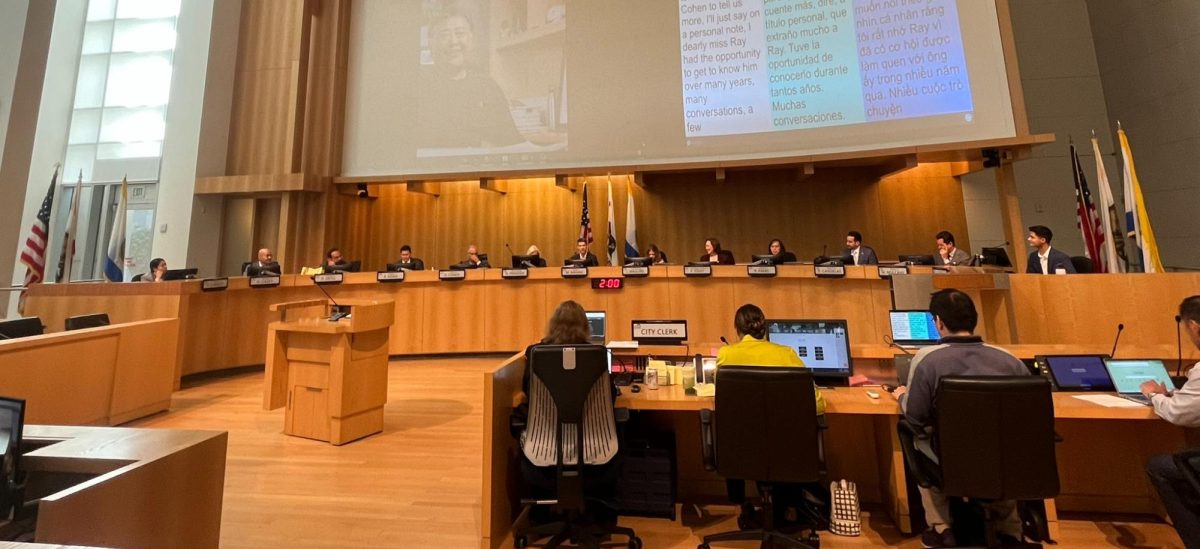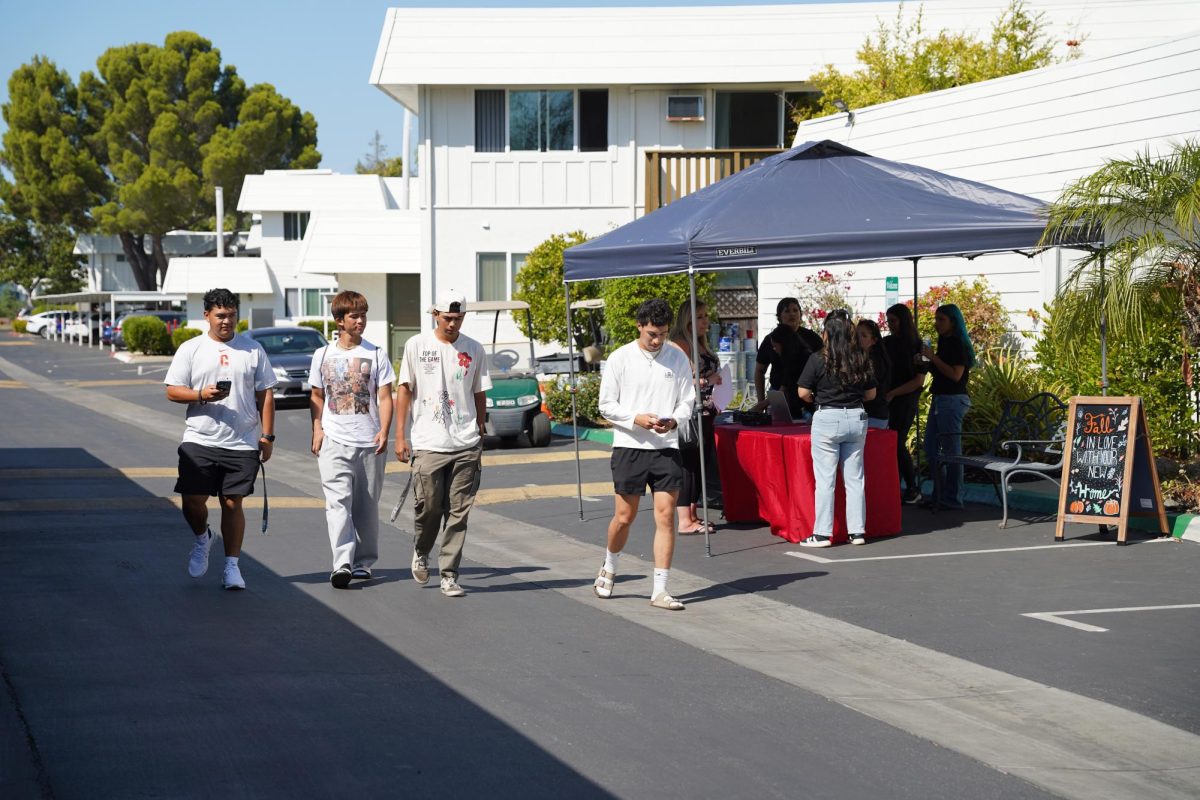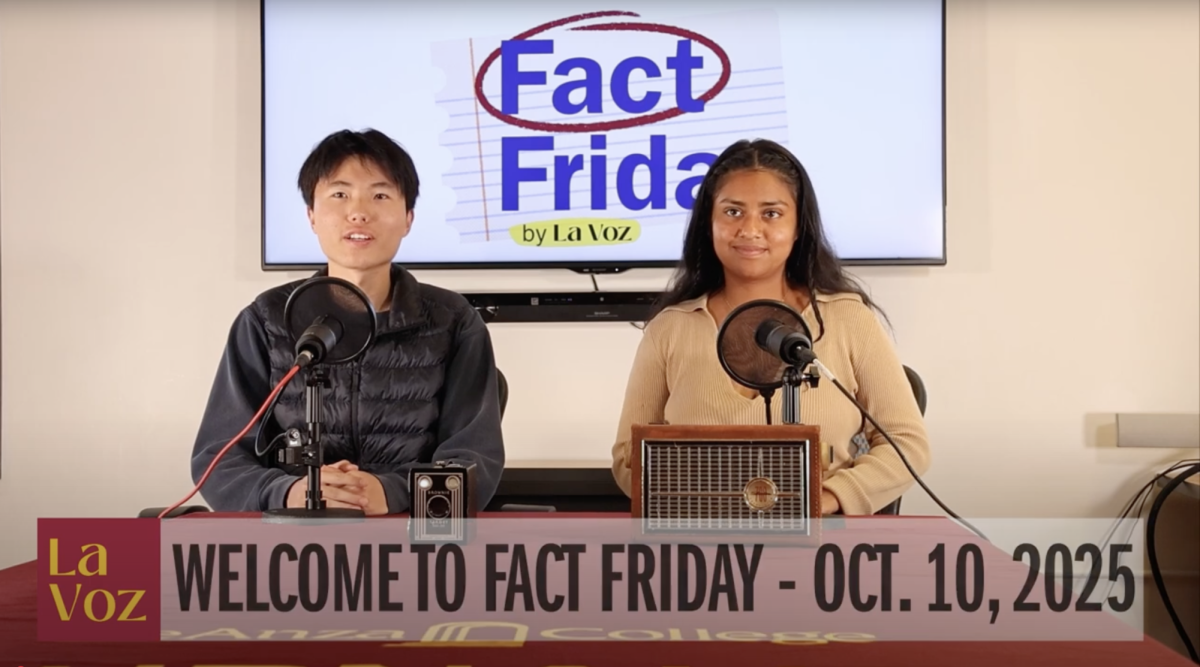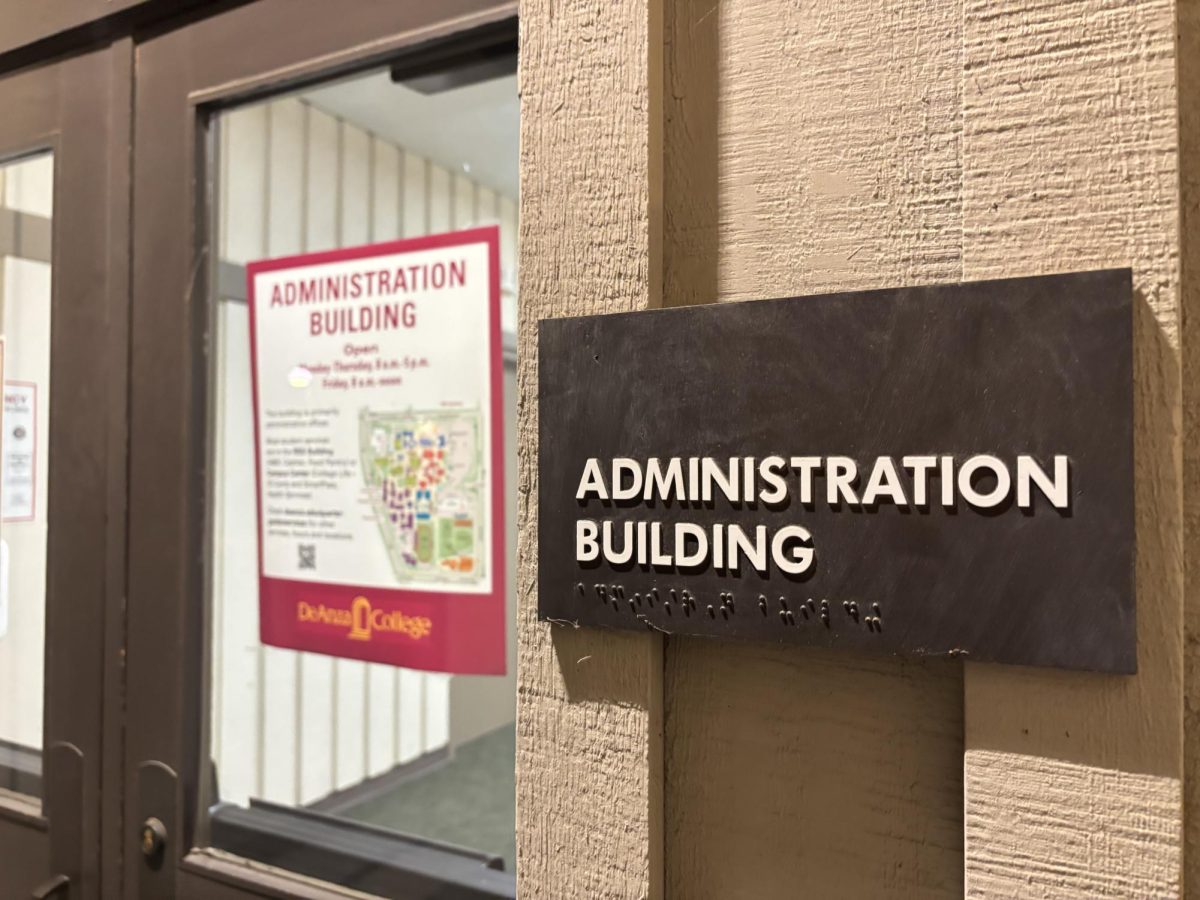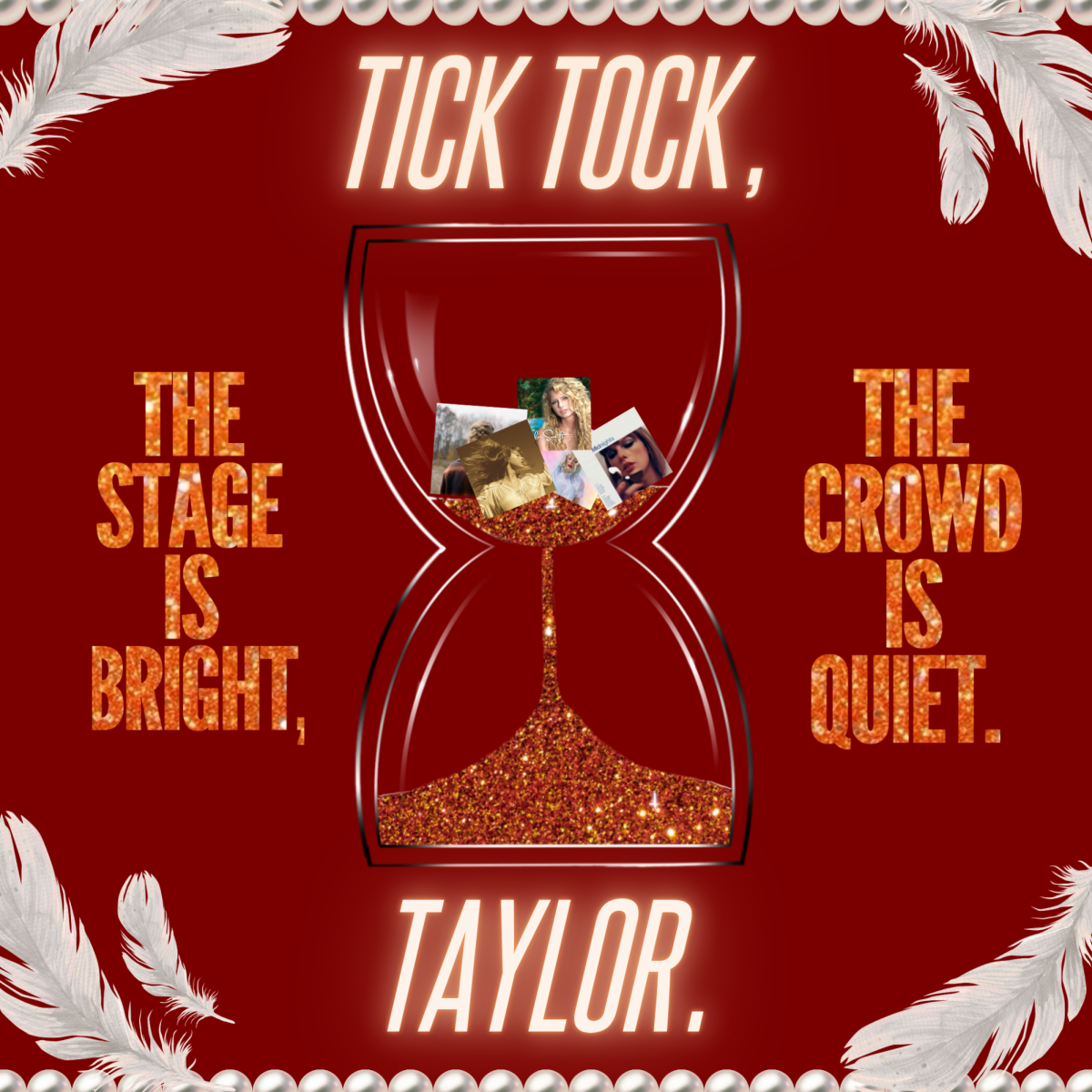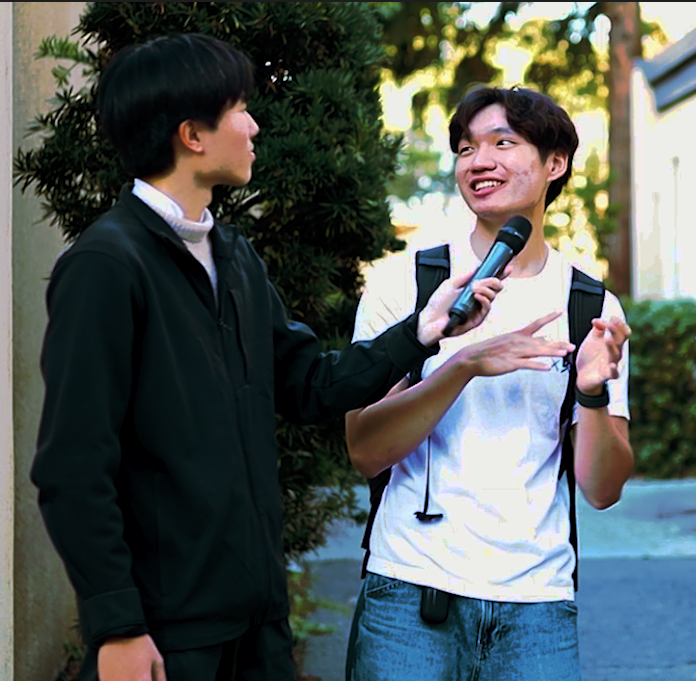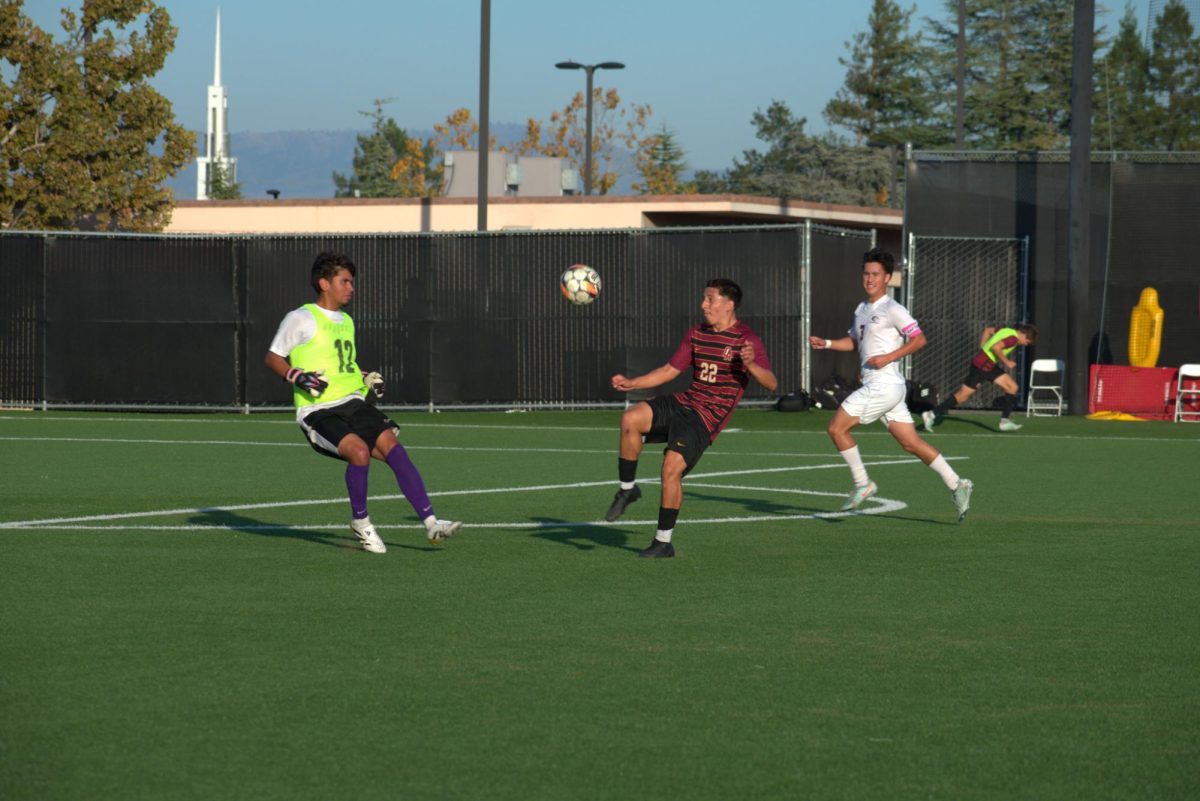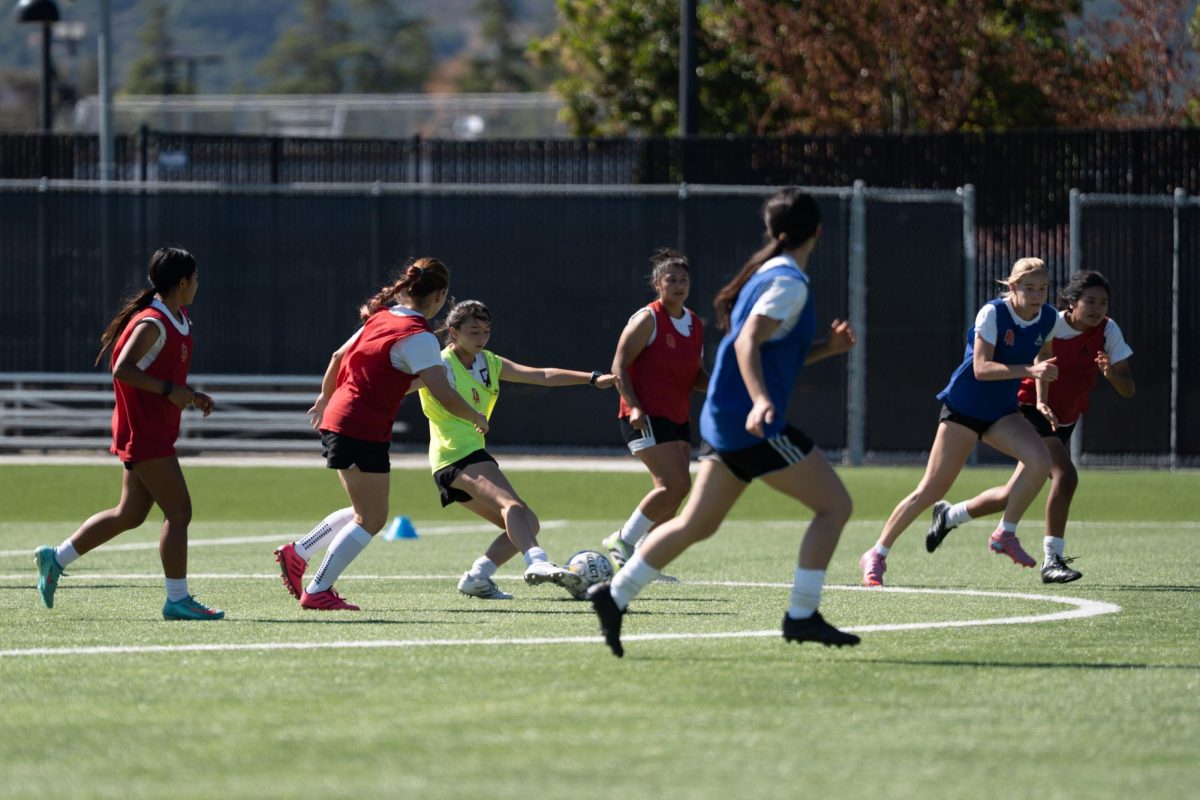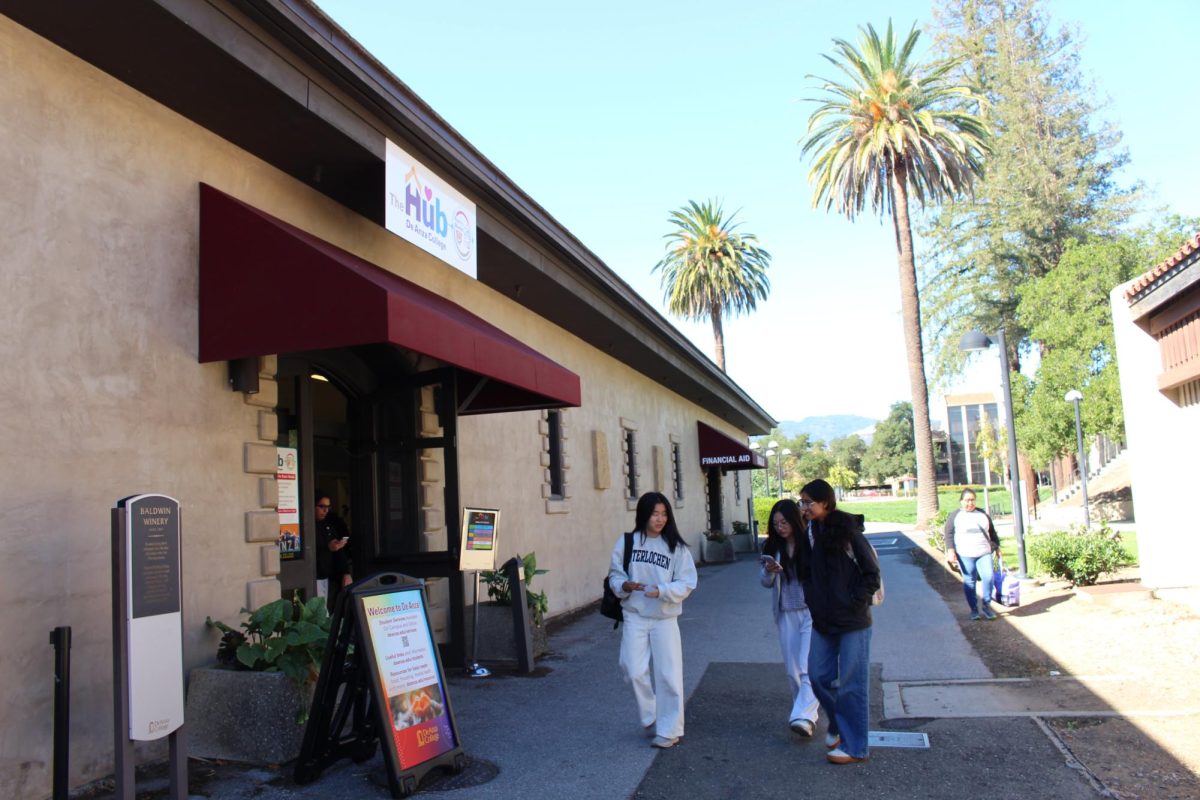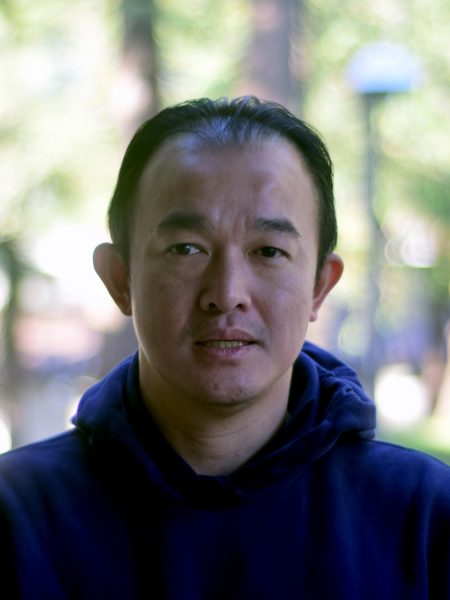The Foothill–De Anza Community College District Police Department set up a Zoom meeting event to teach students and event attendees how to prepare and respond to a mass shooting incident.
Joy Garza, a FHDA police department staff member, orchestrated a Zoom meeting that was led by retired police officers, Jim Thurber and Danny Acosta to break down why mass shooting events happen and the roles that faculties, students and civilians play to reduce casualties.
There have been 441 mass shooting incidents from 1966 to 2022 in America that have resulted in 3,923 victims shot and 1,569 of these victims killed. This article states that 170 of the 441 mass shooting events took place from 2013 to 2022.
There was the Apr. 20, 1999 Columbine High School shooting where 18-year-old Eric Harris and 17-year-old Dylan Klebold murdered 12 students and one teacher.
Recently, there was the Feb. 14, 2024 Kansas City Superbowl Parade shooting that took place because of a dispute that Lyndell Mays and Dominic Miller had, which resulted in 23 people shot and the killing of a woman named Elizabeth Galva.
De Anza College experienced a close call in 2001 when a student named Al DeGuzman plotted to set off bombs and shoot as many people as possible on the college campus. Kelly Bennett, a Longs Drug photo processing clerk, contacted the police after seeing images of DeGuzman posing with his weapons and he was arrested on Jan. 29, 2001 when he came in to pick up his photos.
There are many reasons why these mass shooting events occur and the “Run Hide Defend” Zoom meeting shows that these “grievance motives” may include but are not limited to: religious ideology, antisemitism, disgruntled employees, racism and extreme social isolation.
The Zoom meeting continues to explain that the majority of these attackers either have or experienced one or more of the following factors:
1) History of mental health symptoms;
2) Concerning behaviors;
3) Interest in violent themes; or
4) Experienced stressors within 5 years.
Half of the attackers had:
1) Been bullied; or
2) Had suicidal thoughts or ideas.
A third of the attackers had:
1) Mental health treatment;
2) Substance use; or
3) Prior contact with law enforcement to criminal charges.
The Zoom event was established to teach students and faculty how to respond to these untimely situations.
The “Run” segment prioritizes each individual getting themselves away from the danger zone as soon as possible. They should leave their belongings behind if retrieving it carries a certain level of risk.
Civilians can help others escape as long as it does not slow them down. They should also prevent other people from entering the danger area.
Once an individual gets to a safe place, they should call 911. There are blue light phones in public areas that will connect them directly to a police officer dispatch center.
Jim Thurber, a FHDA emergency medical services coordinator and a retired Santa Cruz county sheriff, said that individuals should not go back to their car because it may cause a bottleneck traffic jam and make the civilians an easy target for the shooter or shooters.
The “Hide” segment recommends finding the closest room to hide in or hide behind a large object if there are no accessible rooms within their area. The next step is to turn off the lights, silence the phones, tie the door handles, barricade the doors and spread out if there are more people to not give the shooter an easy target location.
Thurber recommends that individuals should not pick up any weapons used by the shooters to defend themselves because they will become the primary target when law enforcement comes sweeping through. An armed civilian may not want to get their fingerprints imprinted on a weapon that may have been used in the scene of a crime.
The “Defend (or Fight)” segment suggests this only if someone’s life is in danger and a person can turn any object that they can get their hands on into a weapon. Individuals should get into the right mindset and commit to their acts with aggression in an attempt to incapacitate the shooter.
A question was asked by a student on Zoom about what to do in the event that their friend has been shot and they need to attend to and assist them.
Danny Acosta, chief of police for the FHDA District Police Department and a retired San Jose police officer, states that law enforcement’s primary objective is to take down the shooter quickly to reduce the number of casualties. They will not attend to the wounded immediately nor will they allow civilians to slow them down before they handle their objective.
With that being said, Acosta did say that the paramedics will be arriving on the scene shortly afterwards but the non-wounded civilian will be asked to be relocated to a safer area and leave their wounded friend behind.
The Zoom meeting went on to discuss that these mass shooting events or any emergency event will have two types of responses: shelter-in-place and lockdowns.
Shelter-in-place is more of a suggestion for people to stay where they are and not go anywhere because there is something going on outside like power outage, severe storm, floods, wildfires, etc.
Lockdown is a mandatory order to stay inside and lock your doors because there is an immediate danger outside or nearby including a violent person, active shooter or criminal activity.
There are ways to prevent mass shooting events from happening but it will take a collective effort from the public to aid law enforcement. If you see something suspicious, you should report it to your local authorities.
There is a section on the De Anza website called “Student Complaints or Concerns” under Student Services that can be used to report individuals or concerns. There is an “Incident Report Form” under the Office of Student Affairs & Activities on the Foothill College website that can be used to address similar issues and incidents.
Joy Garza, a FHDA training manager and community outreach person, said there are various programs at both Foothill and De Anza College for anybody interested in learning about the training and support services offered for these types of tragic events.
“We have a lot on our website,” Garza said. “We have reporting different services. We have outreach events, training, the training that we do internally, the training that we offer the campus community.”
The “Run Hide Defend” Zoom meeting teaches many useful real life scenario strategies that can be implemented not just during a mass shooting incident but it can also be applied to any type of emergency situation which will require a person to think on their feet and respond in a way that can save lives.
[Editor’s note]: This article was updated on April 16 to correct the mistake of stating Danny Acosta’s position as a police officer for the FHDA police department, this was changed to state that he is chief of police for the FHDA police department. A change to the definition of the term “lockdown” was also made to include situations including violent individuals, active shooters and criminal activity.






